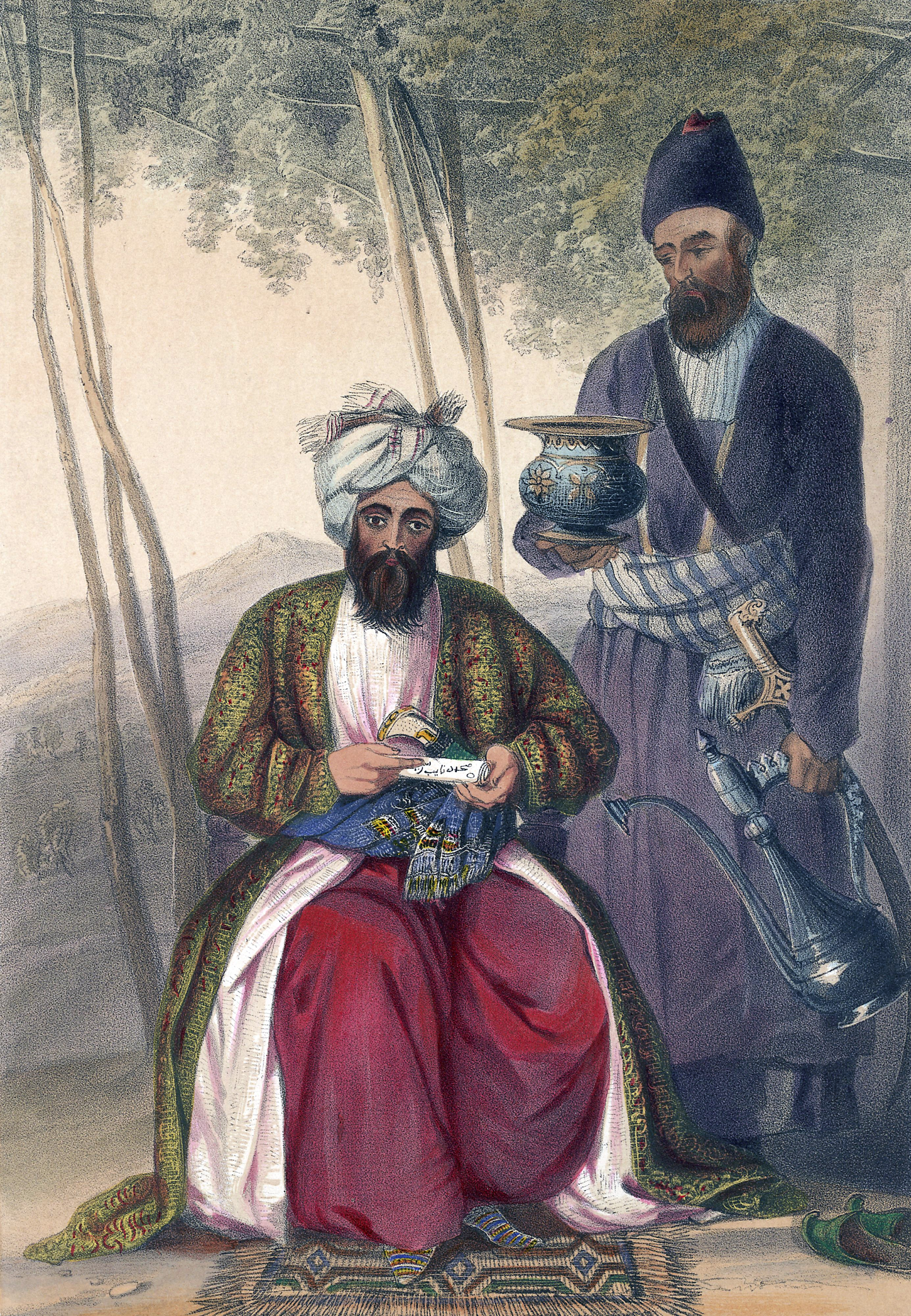Murad Khani on:
[Wikipedia]
[Google]
[Amazon]
Murad Khani or Murad Khane ( prs, مراد خانی) is a small historical neighborhood in Kabul, Afghanistan. The neighborhood is part of the city's District 2, situated north of the Kabul River between
 Murad Khane was named after two Murad Khans: one the brother of a 17th-century Mughal governor and the second an 18th-century general. The area was developed in the 18th century by
Murad Khane was named after two Murad Khans: one the brother of a 17th-century Mughal governor and the second an 18th-century general. The area was developed in the 18th century by
Da Afghanistan Bank
(DAB, ps, د افغانستان بانک; prs, بانک مرکزی افغانستان) is the central bank of Afghanistan. It regulates all banking and money handling operations in Afghanistan. The bank currently has 46 branches throughout the ...
, Ministry of Defense, Eidgah Mosque
Eidgah or Idgah, also Eid Gah or Id Gah ( fa, "site of Eid bservances; bn, ঈদগাহ; pnb, ; ur, ; hi, ईदगाह) is a term used in South Asian Islamic culture for the open-air enclosure usually outside the city (or at th ...
, Pul-e Khishti Mosque
Pul-e Khishti Mosque ( ps, د خښتي پل جومات) is the largest mosque in Kabul, Afghanistan. Located in the center of old Kabul, the Pul-e Khishti Mosque can be identified by its large blue dome. The mosque originally was erected in the ...
and Kabul Serena Hotel. The Abul Fazl Shrine
Abul Fazl Shrine (Pashto/ prs, زیارت ابوالفضل) is a shrine and mosque, located in Murad Khane, Kabul, Afghanistan.
The facility was hit with a massive blast on 21 February 2023.
See also
* 2011 Afghanistan Ashura bombings
* Lis ...
is located within this neighborhood.
History
 Murad Khane was named after two Murad Khans: one the brother of a 17th-century Mughal governor and the second an 18th-century general. The area was developed in the 18th century by
Murad Khane was named after two Murad Khans: one the brother of a 17th-century Mughal governor and the second an 18th-century general. The area was developed in the 18th century by Ahmad Shah Durrani
Ahmad Shāh Durrānī ( ps, احمد شاه دراني; prs, احمد شاه درانی), also known as Ahmad Shāh Abdālī (), was the founder of the Durrani Empire and is regarded as the founder of the modern Afghanistan. In July 1747, Ahm ...
, the founder of the Durrani Empire
The Durrani Empire ( ps, د درانيانو ټولواکمني; fa, امپراتوری درانیان) or the Afghan Empire ( ps, د افغانان ټولواکمني, label=none; fa, امپراتوری افغان, label=none), also know ...
. As part of this development, many ornate structures were constructed to serve as housing for members of the Qizilbash tribe. The district was laid out in a traditional Islamic pattern, around a mosque, bath-house, garden and bazaar.
Soviet modernization efforts in 1975, neglect and civil war, threatened and destroyed many buildings in the area.
Despite these threats, "Murad Khane retains much of its original fabric with a network of small streets connecting the bazaar, religious structures, caravanserai and houses in a layout that represents the area's unique ties to Islamic design and nearly four hundred years of Afghan history." It is one of the few surviving historic commercial and residential neighbourhoods in Kabul.
Conservation
In 2006, the Turquoise Mountain Foundation began restoration work in Murad Khane, headed by Rory Stewart. By then, it had become one of the poorest areas in Kabul and in 2008 it was added to the World Monuments Fund's Watch List of the world's most endangered sites. Turquoise Mountain began to clear out the garbage that had accumulated over the years and set to work restoring the historic houses. Turquoise Mountain has now restored or rebuilt 150 damaged homes, documented built and intangible cultural heritage, opened the Institute for Afghan Arts and Architecture to train young people in traditional crafts, opened a Primary School and Family Health Clinic for the local residents, and hosted thousands of visitors to the revived neighbourhood. Turquoise Mountain's work in Murad Khane was shown as part of an exhibit, ''Turquoise Mountain: Artists Transforming Afghanistan'', at Washington, D.C.’s Arthur M. Sackler Gallery.References